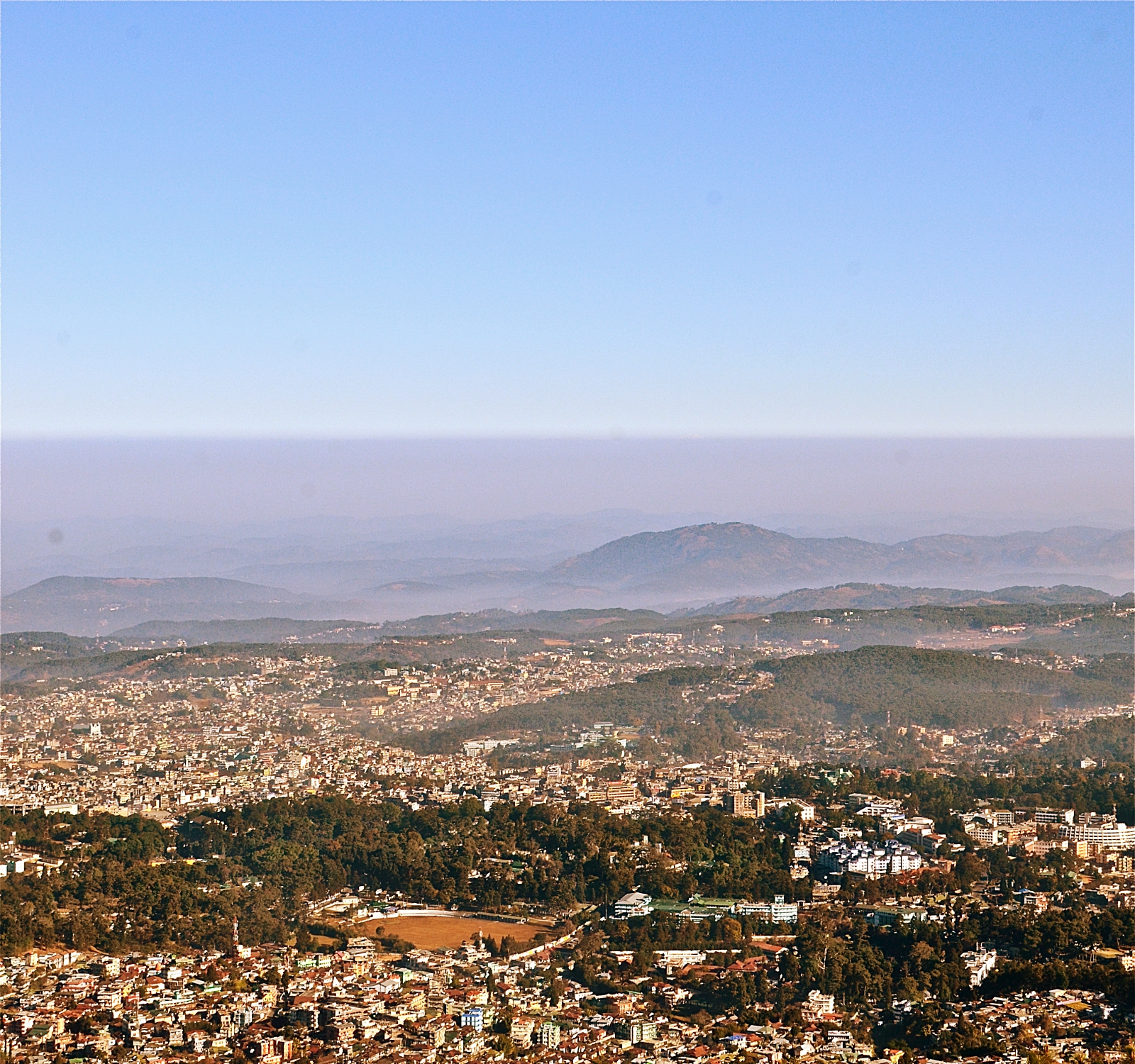Surprising Facts That Will Change How You See Coffee
Coffee is a beloved beverage with a rich history and culture all over the world. But there is so much more to this beloved beverage than meets the eye! From its fascinating origins to its health benefits, the science behind its unique flavour, and the impact it has on global culture, there’s a lot to explore when it comes to coffee. In this blog, we’ll dive deep into the world of coffee, from its different types and brewing methods to its cultivation and economics, and the environmental impact of its production. So grab a cup of your favourite brew, and let’s get started!
Table of Contents
The History of Coffee: Its Fascinating Origins
Coffee is one of the most popular beverages in the world, and it has a fascinating history. Originating in Ethiopia, coffee was first discovered by goat farmers in the ninth century. As the legend goes, they noticed their goats becoming energetic after eating the bright red coffee cherries. The farmers tried the coffee cherries and found that they had a similar energizing effect. From there, coffee beans were discovered, and coffee drinking spread to other parts of the world. By the 17th century, coffee shops were popping up in Europe, becoming the centre of social life. Today, coffee is enjoyed in homes and coffee shops around the world. Coffee continues to play an important role in many cultures, and its history is just as interesting as its taste.
The Health Benefits of Drinking Coffee
Coffee is an incredibly popular beverage choice for millions of people around the world and with good reason. In addition to its great flavour, coffee has a variety of health benefits that make it a healthier choice than other beverages. Coffee contains a rich source of antioxidants, which help to protect our bodies from environmental and dietary toxins.
It also has been linked to improved cognitive performance and a reduced risk of certain chronic diseases, including type 2 diabetes and Parkinson’s disease. Finally, coffee can help to increase energy levels and improve mood, making it the perfect pick-me-up for those sluggish mornings. So, the next time you reach for your favourite brew, don’t forget that you’re doing something good for your health.
The Science Behind Coffee’s Unique Flavour
Coffee is an incredibly popular beverage, with millions of people around the world beginning their day with a warm cup. But why is coffee so popular? Well, the answer lies in the unique flavour of the drink. The science behind coffee’s flavour is quite remarkable. Coffee beans contain hundreds of compounds that contribute to their flavour, including sugar, fats, and organic acids. When coffee is brewed, the beans release flavour compounds that our taste buds can detect.
Additionally, the body processes these compounds differently, making the experience of drinking coffee unique. This means that each cup of coffee can taste different, depending on the type of beans used and the way it’s brewed. This is why coffee has remained a favourite beverage for so many people over the years. By understanding the science behind coffee’s flavour, we can understand why it’s so beloved and appreciates the complexity of its flavour.
Coffee Brewing Techniques and Equipment
Brewing the perfect cup of coffee is a complex process that requires the right equipment and knowledge. If you want to master the art of brewing coffee, you must first understand the different techniques and equipment used. From selecting the best beans to mastering the perfect grind, from temperature control to select the correct filter, there are a lot of variables to consider.

With the right tools and knowledge, you can ensure that each cup of coffee you brew is perfect every time. From home espresso machines to French presses, there are many different brewing methods and tools available to help you make the perfect cup of coffee. Not only can each method produce a unique flavour, but they also require different techniques and processes. To get the most out of your coffee brewing experience, it is important to understand the various techniques and equipment available, and how to use them correctly.
The Impact of Coffee on Global Culture
Coffee has had a tremendous impact on global culture. It has become a major part of daily life for millions of people around the world, and its popularity is growing every day. Coffee has become a symbol of hospitality and friendship, and it is often the first thing served to guests when they visit a home. It can also be used to break the ice at work meetings and social gatherings.
Coffee is also a great way to start the day with a boost of energy and focus. Not only does it taste great, but it can also help to increase productivity and alertness throughout the day. Coffee has also been credited with providing social and cultural benefits, as people from different countries come together to share conversations over a cup of coffee. Coffee has had an undeniable influence on global culture, and it doesn’t seem to be slowing down anytime soon.
What are the Different Types of Coffee?
Coffee is one of the most popular beverages in the world, and its flavour variations are seemingly endless. From dark roasts to light roasts, and espresso to French presses, many different types of coffee can suit any kind of coffee drinker. Whether you’re looking to try something new or just want to understand the different types of coffee, read on to find out more.
One of the most popular types of coffee is espresso, which is a concentrated shot of coffee with a thick and creamy texture. Espresso can be enjoyed on its own or used as the base for a variety of drinks, like macchiatos, lattes, cappuccinos, and more.
The next type of coffee is a French press, which is made by steeping coarsely ground coffee beans in hot water before straining the grounds out. This method gives a heavier, fuller-bodied cup of coffee than espresso and is often preferred by those who enjoy a bolder cup of java.
Another type of coffee is the cold brew, which is made by steeping coffee beans in cold water for an extended period. This method produces a much smoother cup of coffee with lower acidity and more subtle flavours.
Finally, there are light and dark roast varieties of coffee. Light roasts have a more mild flavour profile that emphasizes the coffee’s origin, while dark roasts are much bolder and have a more intense flavour.
No matter what type of coffee you choose, you’re sure to find something to satisfy your cravings. From espresso to French presses to cold brews, there are many different types of coffee to explore and enjoy. So why not try something new and explore the wonderful world of coffee today?
The History of Coffee Cultivation Around the World
Coffee has a long and rich history in the world, with its cultivation dating back hundreds of years. Originating in Ethiopia, coffee cultivation spread to the Arabian Peninsula in the 15th century, and by the 16th century, it had spread to other parts of the world, such as Europe and North America. Today, coffee is cultivated in many countries around the world, such as Brazil, Colombia, Ethiopia, Guatemala, and Mexico.
The coffee cultivation process begins with the planting of coffee beans, which are then harvested and processed. Depending on the region, the coffee beans will be sun-dried, wet-processed, or dry-processed. Afterwards, the beans are roasted to bring out their flavour and aroma. Finally, the beans are ground and brewed to create the beloved coffee beverages that we enjoy today.
Coffee cultivation plays an important role in the global economy. Coffee is the second most-traded commodity in the world, and many countries rely heavily on coffee exports for income. Furthermore, coffee cultivation employs a large number of people, not only in the countries where it is grown but also in the countries that consume it.
Coffee cultivation has come a long way since its beginnings in Ethiopia, and it continues to have a profound impact on the world. From its humble beginnings, coffee has made its way to the hearts of people around the world, and its cultivation is more important than ever.
The Economics of the Coffee Industry
The coffee industry is thriving and profitable. It has become an integral part of many people’s lives and it contributes significantly to the global economy. Coffee is a commodity that is in high demand and the industry has undergone significant changes in recent years in terms of production, distribution, and pricing.
It is estimated that the coffee industry contributes $200 billion to the global economy annually, making it one of the world’s most valuable industries. Coffee production is a labour-intensive business, with millions of small-scale coffee farmers in countries such as Brazil, Colombia, and Ethiopia relying on the coffee industry for their livelihoods. The coffee industry is also an important employer in countries such as the United States, where coffee is a popular beverage of choice.
The economics of the coffee industry are complex and involve a variety of factors including weather, production costs, quality, and demand. Coffee prices are largely determined by supply and demand, with price fluctuations being driven by shifts in global supply and demand. Coffee producers must work hard to ensure that their product meets the expectations of consumers and that it is competitively priced.
The coffee industry is an important sector of the global economy and a major employer in many countries. It is a business that is constantly adapting and evolving to remain competitive and profitable. With the right strategies and investments, the coffee industry has the potential to yield significant returns for producers, retailers, and consumers alike.
The Environmental Impact of Coffee Production
The production of coffee has a negative environmental impact that cannot be ignored. From the water and energy needed to grow, harvest and process the coffee beans, to the emissions caused by transporting and roasting the beans, the entire process negatively affects the environment. Growing coffee often involves the use of large amounts of water, while the roasting process produces emissions that contribute to global warming. Furthermore, the use of pesticides and fertilizers can lead to soil and water pollution.
Coffee production also results in deforestation and soil degradation. All of these environmental impacts need to be addressed to ensure sustainable coffee production. Consumers can help by buying only certified sustainable coffee and reducing their overall consumption. Companies can also help by investing in renewable energy sources and implementing sustainable farming practices. For coffee production to be sustainable, these practices must become the industry standard.
In conclusion, coffee is an amazing drink that has a long and interesting history, as well as numerous health benefits and global cultural impacts. Its unique flavour is the result of complex science and its cultivation has had a huge influence on the world’s economy. It’s also important to remember the environmental impact that coffee production has and to be mindful of sustainable practices. From its origins in Ethiopia to its widespread popularity today, coffee is an incredibly fascinating and multifaceted beverage.



